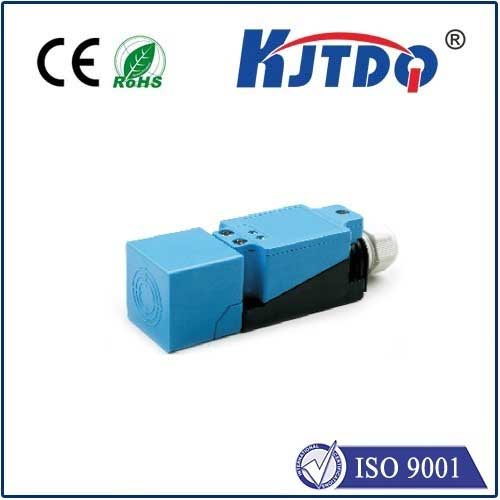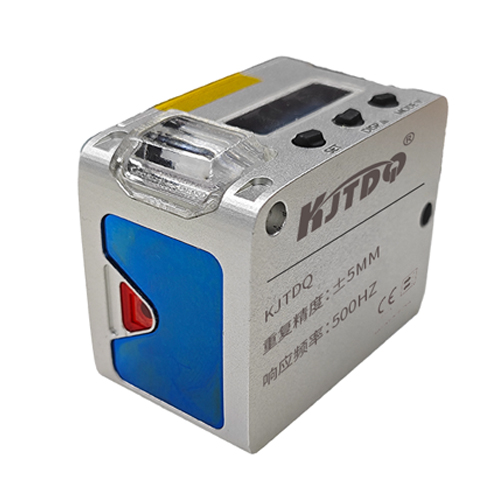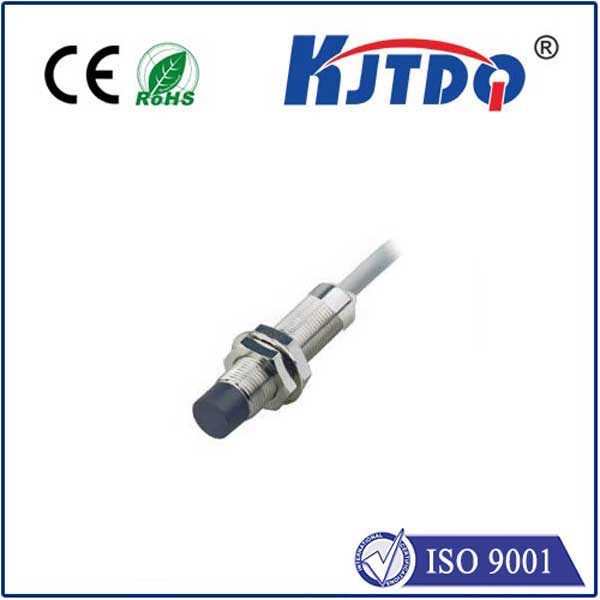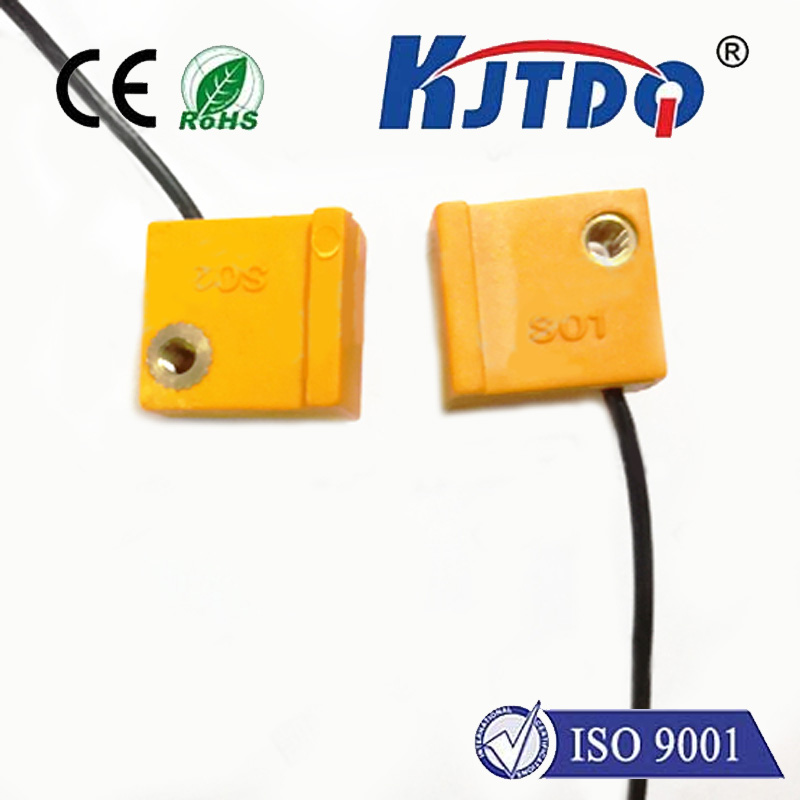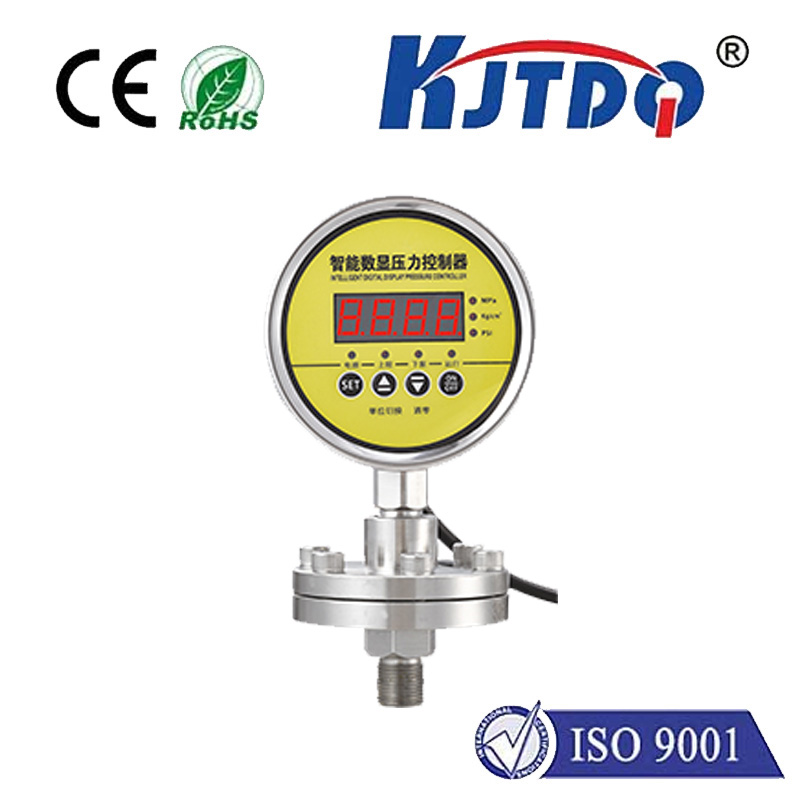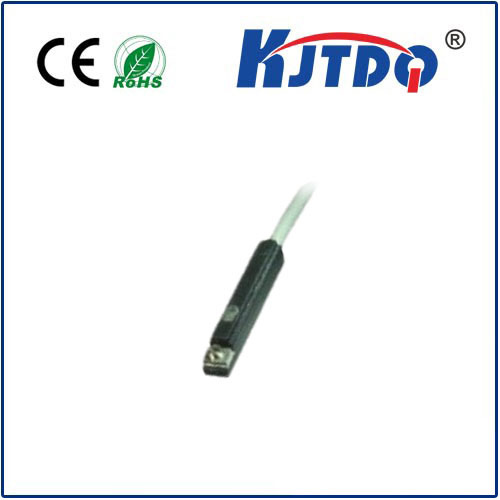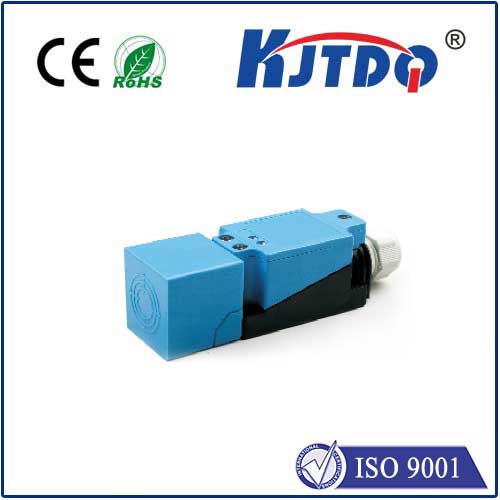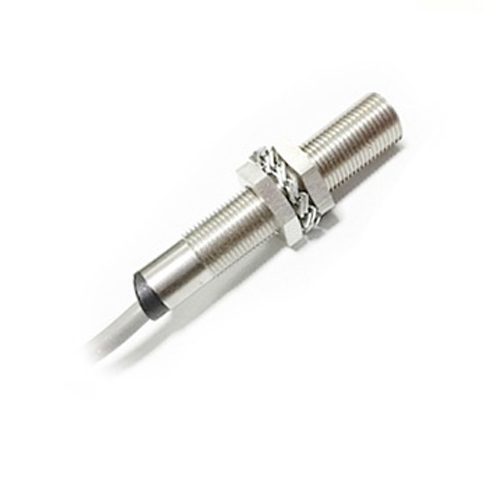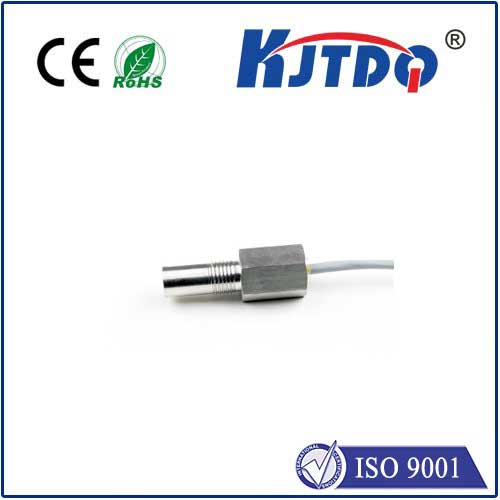gold proximity sensor metal detection
- time:2025-09-06 01:57:35
- Нажмите:0
Beyond Beeps: How Proximity Sensors Open New Possibilities in Gold Detection
The allure of gold is timeless, driving explorers and professionals to constantly seek better ways to find it. While the classic metal detector conjures images of sweeping coils and beeping sounds, a specialized technology offers a distinct, often complementary, approach: the gold proximity sensor. This isn’t your average treasure-hunting gadget; it’s a sophisticated tool leveraging principles that make it uniquely suited for specific gold detection scenarios, particularly with small or buried targets where precision is paramount.
Traditional metal detectors primarily operate using electromagnetic induction. They transmit a magnetic field into the ground and listen for disturbances caused by conductive metals like gold. This method is excellent for scanning large areas but can be plagued by false signals from mineralized soil (hot rocks) and struggles significantly with tiny gold nuggets or flakes due to their low conductivity and mass. Depth penetration can also be inconsistent based on soil conditions and target size.
Gold proximity sensors, specifically inductive proximity sensors adapted or optimized for detecting gold, function on a different principle: they detect the eddy currents induced in a nearby conductive object by their own high-frequency oscillating magnetic field. Their key strengths lie in non-contact detection and extremely high sensitivity at close ranges.

Why Proximity Sensors Excel for Specific Gold Detection Tasks:
- Unmatched Close-Range Sensitivity: Proximity sensors are designed for detection within millimeters to a few centimeters. This makes them exceptionally well-suited for pinpointing very small gold items – flakes, dust clusters, or tiny nuggets – that a standard metal detector might completely miss or struggle to isolate from background noise. Imagine checking crevices in bedrock or verifying the gold content in heavily mineralized concentrates; a gold proximity sensor excels here.
- Immunity to Soil Mineralization: Because they operate at very close range and rely on detecting the direct influence on their own oscillation circuit, most proximity sensors are largely unaffected by the general mineral content of the surrounding soil or water. This eliminates a major source of false signals that plague conventional metal detectors in gold-bearing regions.
- Pinpoint Accuracy: Their small, focused detection field allows for incredibly precise location. When you get a signal from a датчик приближения, you know the target is directly beneath or very near the sensor face. This is invaluable for recovery, minimizing disturbance, and protecting delicate finds.
- Robustness and Simplicity: Modern inductive proximity sensors are typically rugged, sealed units designed for harsh industrial environments. This translates well to demanding field conditions in mining or prospecting. They often feature simplified outputs (N.O./N.C. switching) that can trigger lights, buzzers, or data loggers directly.
Key Considerations for Gold Proximity Sensor Performance:
- Detection Distance: This is critical. The maximum detection distance (Sn) for a standard inductive sensor is primarily influenced by the size of its sensing coil and the target’s size/conductivity. Gold, being only moderately conductive (significantly less than copper or silver), inherently limits the maximum detection range. Selecting a sensor specifically designed or tuned for higher sensitivity to low-conductivity metals like gold is paramount. Don’t expect a standard industrial sensor designed for steel to detect a small gold flake at any useful distance.
- Target Size and Purity: Larger, purer gold targets are obviously easier to detect. Smaller targets or alloys with lower gold content require higher sensitivity settings and closer proximity. The shape can also influence detection.
- Sensor Frequency: Some specialized sensors operate at frequencies optimized for precious metals. Researching sensors marketed for jewelry detection, security (finding small metallic objects), or specifically for gold prospecting can yield better results than generic industrial sensors.
- Ground Balance (or Lack Thereof): While largely immune to general soil minerals, extreme concentrations of conductive minerals directly under the sensor could potentially cause issues. Testing in the specific environment is always recommended.
Practical Applications Beyond Treasure Hunting:
While prospecting for natural gold nuggets is a primary application, gold proximity sensors find valuable use in diverse settings:
- Security Screening: Detecting small gold items concealed on a person or within bags with high precision at checkpoints.
- Jewelry Manufacturing and Quality Control: Verifying settings, checking clasps, or ensuring items pass through assembly lines correctly without physical contact.
- Archaeology: Precise location and verification of small gold artifacts during excavation or within lab settings, minimizing handling damage.
- Waste Management/Recycling: Identifying and separating small gold-bearing components (e.g., electronics connectors, plating scraps) in scrap streams.
- Food Processing Safety: Ensuring no tiny metallic contaminants (including gold-plated components) are present in food products.
Integrating Sensors into Workflows: Standalone gold proximity sensor wands are popular for prospectors checking crevices or concentrates. More sophisticated setups integrate them into conveyor belts for automated sorting systems or fixed installations in security arches. Their reliable, non-contact switching makes them ideal for triggering alarms, divertors, or data recording systems.
The Bottom Line:
The gold proximity sensor metal detection niche represents a powerful, targeted approach. It doesn’t replace the wide-area scanning capability of a traditional metal detector for initial prospecting. Instead, it complements it beautifully, offering unparalleled precision and sensitivity for close-quarters work where finding minuscule gold pieces or verifying targets amidst challenging ground conditions is the goal. By focusing on the unique electromagnetic properties of gold and leveraging the inherent strengths of inductive proximity sensing – immunity to soil effects, pinpoint accuracy, and high close-range sensitivity – these specialized tools open doors to finding gold that might otherwise remain hidden. Understanding their capabilities and limitations is key to unlocking their potential in your search for the precious metal.

